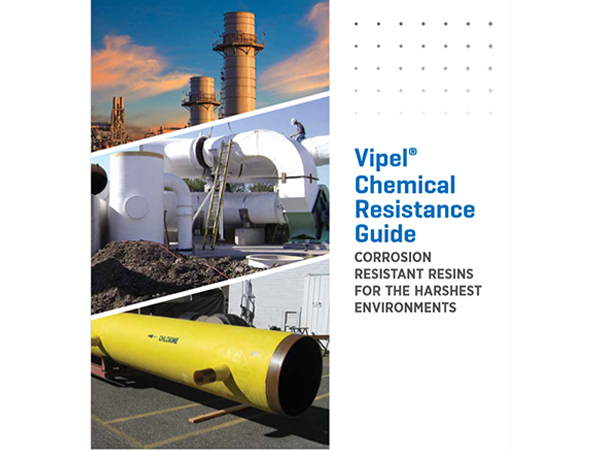
-
 Afrikaans
Afrikaans -
 Albanian
Albanian -
 Amharic
Amharic -
 Arabic
Arabic -
 Armenian
Armenian -
 Azerbaijani
Azerbaijani -
 Basque
Basque -
 Belarusian
Belarusian -
 Bengali
Bengali -
 Bosnian
Bosnian -
 Bulgarian
Bulgarian -
 Catalan
Catalan -
 Cebuano
Cebuano -
 China
China -
 China (Taiwan)
China (Taiwan) -
 Corsican
Corsican -
 Croatian
Croatian -
 Czech
Czech -
 Danish
Danish -
 Dutch
Dutch -
 English
English -
 Esperanto
Esperanto -
 Estonian
Estonian -
 Finnish
Finnish -
 French
French -
 Frisian
Frisian -
 Galician
Galician -
 Georgian
Georgian -
 German
German -
 Greek
Greek -
 Gujarati
Gujarati -
 Haitian Creole
Haitian Creole -
 hausa
hausa -
 hawaiian
hawaiian -
 Hebrew
Hebrew -
 Hindi
Hindi -
 Miao
Miao -
 Hungarian
Hungarian -
 Icelandic
Icelandic -
 igbo
igbo -
 Indonesian
Indonesian -
 irish
irish -
 Italian
Italian -
 Japanese
Japanese -
 Javanese
Javanese -
 Kannada
Kannada -
 kazakh
kazakh -
 Khmer
Khmer -
 Rwandese
Rwandese -
 Korean
Korean -
 Kurdish
Kurdish -
 Kyrgyz
Kyrgyz -
 Lao
Lao -
 Latin
Latin -
 Latvian
Latvian -
 Lithuanian
Lithuanian -
 Luxembourgish
Luxembourgish -
 Macedonian
Macedonian -
 Malgashi
Malgashi -
 Malay
Malay -
 Malayalam
Malayalam -
 Maltese
Maltese -
 Maori
Maori -
 Marathi
Marathi -
 Mongolian
Mongolian -
 Myanmar
Myanmar -
 Nepali
Nepali -
 Norwegian
Norwegian -
 Norwegian
Norwegian -
 Occitan
Occitan -
 Pashto
Pashto -
 Persian
Persian -
 Polish
Polish -
 Portuguese
Portuguese -
 Punjabi
Punjabi -
 Romanian
Romanian -
 Russian
Russian -
 Samoan
Samoan -
 Scottish Gaelic
Scottish Gaelic -
 Serbian
Serbian -
 Sesotho
Sesotho -
 Shona
Shona -
 Sindhi
Sindhi -
 Sinhala
Sinhala -
 Slovak
Slovak -
 Slovenian
Slovenian -
 Somali
Somali -
 Spanish
Spanish -
 Sundanese
Sundanese -
 Swahili
Swahili -
 Swedish
Swedish -
 Tagalog
Tagalog -
 Tajik
Tajik -
 Tamil
Tamil -
 Tatar
Tatar -
 Telugu
Telugu -
 Thai
Thai -
 Turkish
Turkish -
 Turkmen
Turkmen -
 Ukrainian
Ukrainian -
 Urdu
Urdu -
 Uighur
Uighur -
 Uzbek
Uzbek -
 Vietnamese
Vietnamese -
 Welsh
Welsh -
 Bantu
Bantu -
 Yiddish
Yiddish -
 Yoruba
Yoruba -
 Zulu
Zulu
frp settler
Frp Settler Innovations in the Field of Fiber Reinforced Polymer Structures
In recent years, the construction and engineering industries have witnessed significant advancements in materials technology, one of the most notable being Fiber Reinforced Polymer (FRP). The FRP settler products have emerged as a groundbreaking alternative in various applications ranging from civil engineering to aerospace. This article delves into the concept of FRP settlers, their manufacturing process, benefits, applications, and future potential as a key player in modern engineering materials.
FRP settlers are composite materials made by combining a polymer matrix with fibers, such as glass, carbon, or aramid. The primary role of the fibers is to enhance the mechanical properties of the polymer, enabling it to withstand high stress, temperature variations, and corrosive environments. This makes FRP settlers exceptionally suitable for applications where conventional materials like steel and concrete may fail or become less effective.
Frp Settler Innovations in the Field of Fiber Reinforced Polymer Structures
One of the most significant advantages of FRP settlers is their lightweight nature. Compared to traditional materials, FRP exhibits a much lower density without compromising strength. This characteristic not only reduces transportation costs but also minimizes the structural load, enabling taller and more complex designs in architecture and civil engineering. Additionally, the corrosion resistance of FRP settlers extends their lifespan, decreasing maintenance costs associated with replacement and repair.
frp settler

Another crucial benefit is the flexibility in design that FRP settlers offer. Manufacturers can tailor the properties of the composite by adjusting the type and orientation of the reinforcement fibers. This versatility allows engineers to create custom solutions that meet specific requirements, such as flexibility in seismic zones or increased load-bearing capacity for infrastructure projects.
The applications of FRP settlers are diverse and extensive. In civil engineering, they are increasingly used in bridge construction, retrofitting existing structures, and creating lightweight panels for housing. In transportation, FRP materials enhance vehicle performance by reducing weight while increasing strength, especially in the aerospace and automotive sectors. Their use in marine applications for ship hulls and offshore structures is also on the rise, thanks to their resistance to harsh environments.
Despite the numerous advantages, the adoption of FRP settlers has faced challenges. Cost remains a primary concern, given that the initial investment can be higher than traditional materials. Additionally, the recycling of FRP composites is a developing field, with researchers working to create sustainable processes that will allow for the repurposing of FRP after the end of its operational life.
Looking to the future, the potential for FRP settlers continues to expand with advancements in material science and engineering. Ongoing research is focused on improving the performance, reducing costs, and enhancing the environmental friendliness of FRP materials. As sustainability becomes a priority in modern engineering, efforts to develop bio-based resins and recyclable fibers are gaining momentum, potentially mitigating one of the major drawbacks of FRP use.
In conclusion, FRP settlers represent a significant innovation in composite materials, offering lightweight, strong, and versatile solutions across a multitude of applications. As industries strive for greater efficiency and sustainability, FRP settlers are poised to play a vital role, reshaping our approach to construction and engineering for years to come. Embracing this advanced material will not only enhance performance but also pave the way for smarter and more resilient infrastructure solutions.









